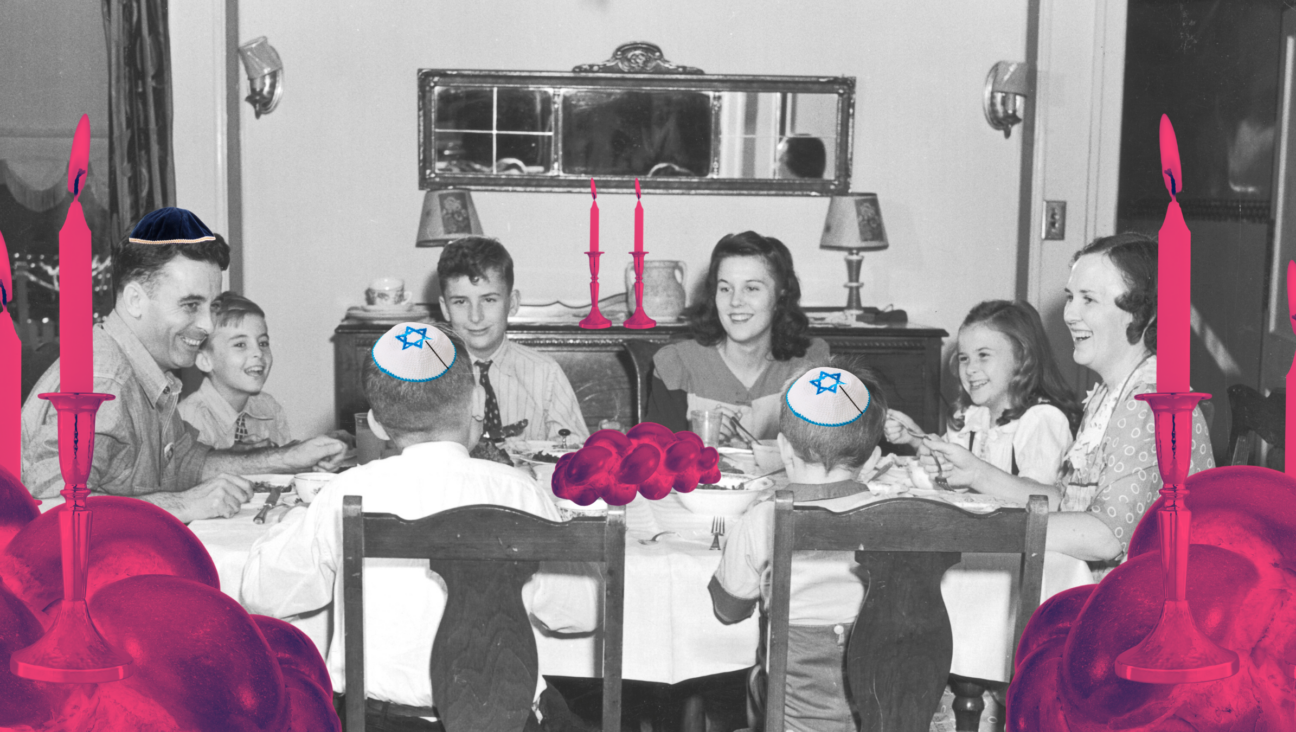‘What are you all eating? Hold it up to the camera, let’s see.’ Ramadan adapts to Zoom

Image by iStock

Image by iStock
This year, Ramadan is like none we have experienced. While fasting involves abstinence from food, drink, and sexual relations from daybreak to sundown, what makes it the most wonderful time of the year is the communal gatherings. The spirit of community comes alive at iftar, when we break our fast together as the sun sets. Iftar gatherings are held in homes, mosques, in Islamic centers; and in New York City where I live, interfaith iftar is often held in churches, mosques and synagogues.
In late April, as we were getting closer to Ramadan, with shelter-in-place showing no signs of letting up, we wondered how we would make up for the lost communal spirit. We got a head start as we watched our Jewish and Christian brethren commemorate Passover and Easter with virtual Seders and online Easter Mass. We got a head start when we adapted to a stay-at-home life, discovering virtual means to connect.
Yet, it was hard to fathom what iftar over Zoom would be like. How would one eat at a table while hovering the mouse over the Mute/UnMute option on the screen? How would perfect strangers socialize on a screen when everyone is concentrating on eating after a 15-hour fast?
The first night I tuned into the virtual iftar organized by the Islamic Center of New York University (ICNYU). I strategically placed my laptop on the dining table, so that both my husband and I could get in the camera’s view. Imam Khalid Latif of ICNYU, seemed to be looking directly at us as he welcomed the participants. At the stroke of 7:40, I broke my fast by eating a date and taking a sip of water. I watched a woman savoring her cup of tea from a colorful mug.
For a few minutes, there was silence as we all concentrated on breaking fast, except two participants who were in parts of the country where sundown would be twenty minutes later.
“What are you all eating? Hold it up to the camera, let’s see.” Soon enough we were exchanging recipes. Under normal circumstances, after breaking fast, the imam would make the Call to Prayer and we would all line up behind him and say our prayer; after which dinner would be served, and we would all sit on the rug in rows lined with plastic sheets and savor the food and company.
As I wondered how we were going to fit in the prayer in this setting, the imam announced: “I am going to say my prayers and will be back in ten minutes.” Leaving our laptop open, my husband and I retreated into our bedroom, stood on our prayer rugs facing East towards Mecca, and offered our prayers. Returning, I noticed the blank boxes getting filled with faces of the attendees returning from prayer.
The imam explained that he would be putting us in randomly assigned break-out groups where we were to talk about our Ramadan goals. I wondered if this was going to be less of a party and more of a workshop. Taking a look at the names in my group, I realized that I didn’t know anyone. The conversation was awkward at first. But in less than ten minutes, the walls had fallen, and we had gone beyond sharing Ramadan experiences to trading lists of books to read, how to get food delivered, a day-in-my-life during Coronavirus — and once we learnt that two of our attendees were recent converts, we wanted to know more.
“When we used to meet in person for iftars, I was too shy to talk to people; now in this small group, I am finding it easy to chat,” one of them said. With ethnicities ranging from Senegalese, Arab, Pakistani, African-American, our brief conversation was delightful. When we got the signal to return to the main group, we wished we had more time.
This is now our daily ritual. At 7:40 p.m, we Zoom into ICNYU’s virtual iftar. Now the names and faces have become familiar; we happily wave as we recognize one another; we wonder why one of us didn’t show up; we sing Happy Birthday and get teary-eyed in sharing intimate stories of our joys and struggles. A woman spoke for us when she said, “I live in upstate New York where the closest mosque is an hour’s drive, making it impossible for me to join the iftars in person. Now, I will tune in every day. I hope that in years to come, you will continue to hold virtual gatherings.”
Will Ramadan ever be the same? Will virtual gatherings continue, accommodating the remote, the infirm, and the disabled? Will it deplete mosque attendance? Will we become lazy as we pick the couch over a seat on the train to the mosque? One thing is for sure: I will miss this group; and I will miss these conversations.
Sabeeha Rehman is the author of Threading My Prayer Rug. One Woman’s Journey From Pakistani Muslim to American Muslim. (Arcade 2016)
















